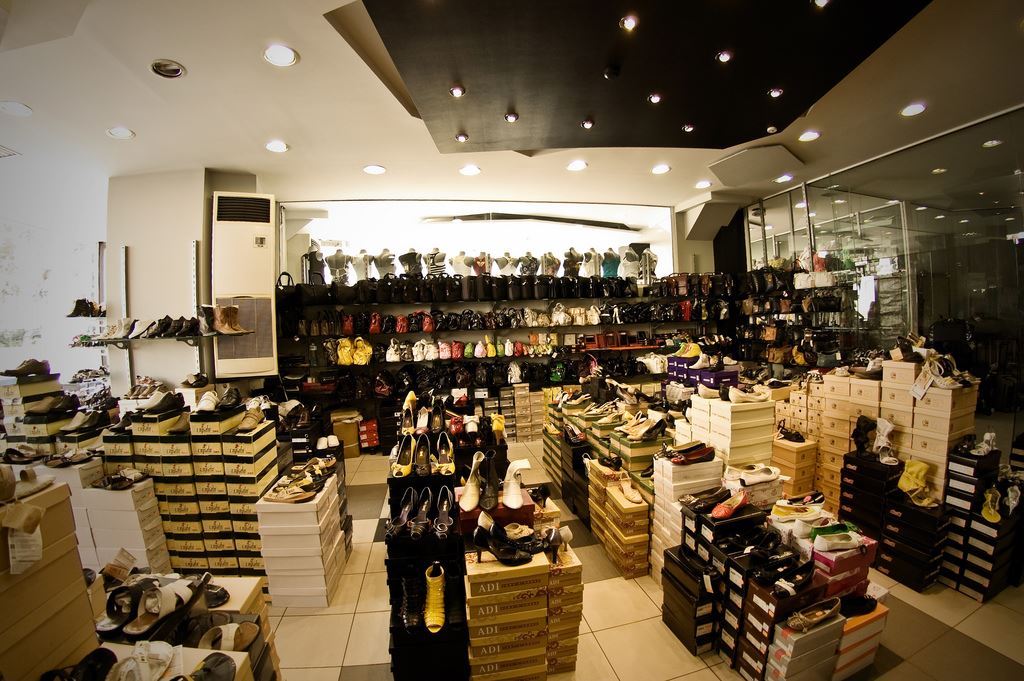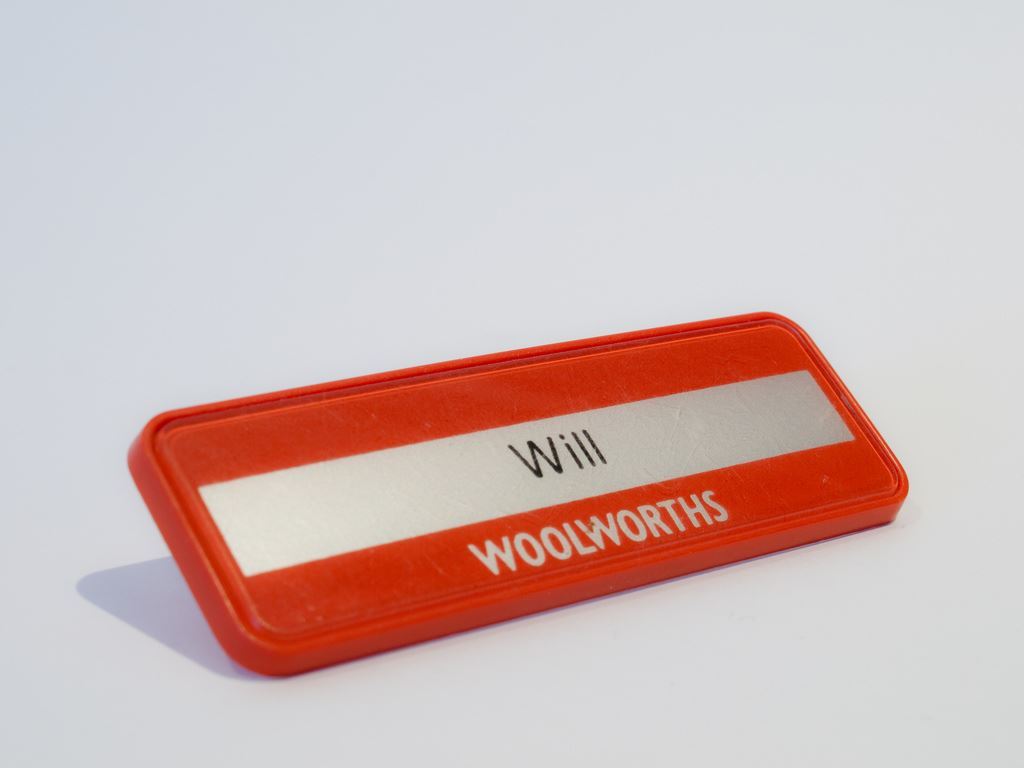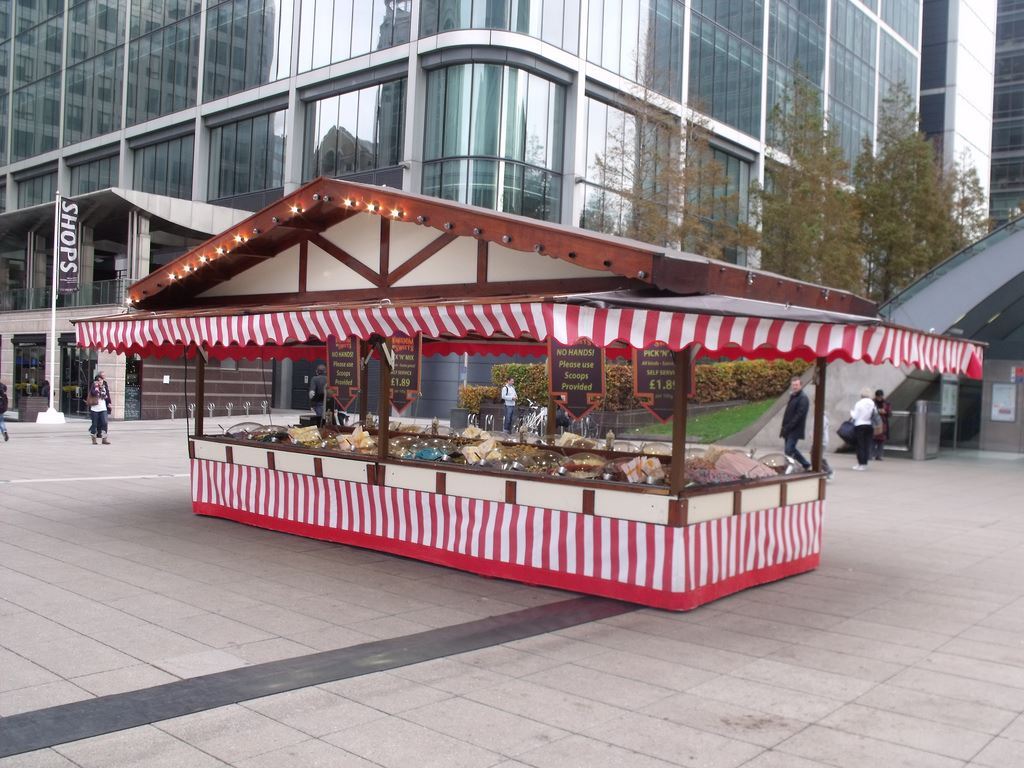A large number of small businesses have a high street presence and an online identity, and a vast amount operate solely online. As Internet retail grows, more and more people are taking to the web, as well as the high street. What better time than now to kick-start or touch up your online presence?
Did you know: Internet retail hit £50Bn last year & is set to grow 50% over the next 5 years
Designing your website is the same as creating your highstreet store; so it’s worth giving it the appropriate care and attention. Consider the following pointers:
Keep it clean
Image under CC, via Johnny Hughes
Information is king and knowledge is power. It is often argued that the more information we add to our websites, the less noticeable each individual piece of information becomes. This is worth bearing in mind when creating your websites and individual landing pages; a cluttered website will draw the visitor’s eye here there and everywhere, leaving little space to actually absorb what it is they’re looking at, or the product they’re looking for. This isn’t to say that websites shouldn’t contain information, but it’s important you aim to make it clear, concise and relevant.
Any distractions that pull people away from reading the core information, or looking through the products, on the page is like tempting someone into a different area of your store before they’ve even looked at what you have to offer.
Keep it clean and easy on the eyes.
There are many ways you can achieve this:
- Make use of white space
- Get rid of anything that doesn’t add to the goal of the page.
- Aim for ‘easy to use‘ with your navigation, not ‘revolutionary‘.
- Use clean and easy to use typography, with distinctive headers
Did you know: People tend to scour a webpage in an F shape.
Be fully stocked
Image under CC, via Marin Nikolov
Your website should always be up-to-date and fully stocked, but obviously it can’t be guaranteed that you will always be fully stocked. If so, it’s important to let potential customers know.
In much the same way that it’s unacceptable to have to wait 20 minutes for a store clerk to search the stock cupboard only to tell you they don’t have the shirt in your size, you as the retailer should be letting customers know that a product is out of stock before they attempt to add it to their basket or reach a payment page.
There are certain ways you can turn a potentially lost sale into a success:
Offer people alternatives, based on similar products to the one they’re viewing
Allow them to pre-order the item and have it shipped when it is in stock
- Collect the customers data, in the promise of contacting them when the product is back in stock
Great customer service
Image under CC, via William Warby
Just like in store, great customer service is vital. Whilst the internet is always going to be less personable than the physical interaction of a store, it doesn’t mean your customers should feel like there is no-one to help them.
Have a contact page readily available, as well as an about page for your business. A customer knowing that they can contact the site owner with a problem, query or request infuses trust and adds confidence with a site, especially where exchanging money is concerned.
Consider different methods of contact, such as a live-chat feature to respond instantly to customer questions. Also, starting a blog can make you the authority on a subject or product base, just like a store clerk would appear to be, whilst helping you with an in store problem.
Did you know: 81% of consumers are more likely to give a company repeated business after good service. (Source)
Easy to navigate
Image under CC, via Howard Lake
Getting lost in a shop, in the entirely literal sense, was a nightmare as a child and is still frustrating and inconvenient as an adult. In the same way you need to make sure your highstreet store isn’t a maze, the same principle should be carried across to your website. Difficult navigation and no easy way to get to where you want to be can be frustrating, only the difference is with a web page is that clicking the back button or the big red X is all far too easy.
Keep your customers away from the red X with clean, concise and easy to manage headers and navigation menus, and also look into putting bread crumbs on your site (Those are the little lines of links, that show the path you took to get to your current page)
Did you know: Breadcrumbs can help to achieve lower bounce rates
Familiarity
Image used under CC, via Neil Conway
Familiarity and recognition is not necessarily what gains you new customers, but it is certainly what keeps them coming back. It’s the reason you always go to the same supermarket or coffee shop every week, and this applies to websites too.
Did you know: Social media generates almost double the marketing leads of trade shows, telemarketing, daily mail or PPC (source)
Create a livery and a brand for yourself, and stick to it. Don’t make every page of your website different colours with alternating fonts and texts sizes.
Cookies can really help achieve this. Cookies are the reason Facebook stays logged in when you return to it from your own computer, and they’re the reason when you re-visit an online shopping site, it can remember what you have in your basket.
Making use of cookies to tailor the experience individually for each customer can really add in that extra sense of trust and familiarity with returning visitors, almost like remembering their name when they come back into your store.
Did you know: Cookies are required for logging into most sites (Source)
There for all to see
Image under CC, via Elliot Brown
You would never hide your shop, so why hide your website? Doing a little research and making use of SEO (Search Engine Optimisation) can help you push your website out there for people to see.
Filling out meta tags, keywords, meta descriptions and alt tags will help your website show up for people searching around your business type or products you sell.
SEO top tips
Titles:
- Below 70 characters
- Try to include a brand name and a relevant keyword
- Avoid duplicates!
Descriptions:
- Keep meta descriptions around 155 characters
- Make them informative and compelling
- Encourage click-through
- Avoid duplicates
Alt tags:
- Make sure they describe the picture clearly
- Try to keep it short, 1-3 words (the above image is ‘Market stall’ for example)
Did you know: 75% of users never scroll past the first page of search results.
Make it easy to checkout
Image under CC, via Images Money
Just like in-store, you want to make it as easy as possible for a customer to buy their item, and for you to receive payments. You wouldn’t put roadblocks in front of your store counter, as people would simply walk next door, so don’t make customers jump through hoops online.It’s far easier for customers to switch to a competitor’s offering online, so it’s even more important to make checking out as quick, easy and stress free as possible.
Making customers perform long-winded tasks like registering as a member to your site or completing a short survey of their experience on your site can kill conversion rate, so consider adding a guest checkout so customers have the option of completing their purchase quickly. It is also important to ensure that you have a variety of different payment methods available on your site. We all know how annoying it can be when you get to the counter in a shop only to find they don’t take cards.
Did you know: 23% of users will exit a checkout if they’re forced to register (source)
Get social
Image via Shutterstock.com
You would never ignore your customers as they browse your shop, and it’s equally as important to speak to your customers online too. Joining in conversations, interacting and engaging with your customers online will help you find out what people like and dislike about your shop or website and allow you to offer incentives for interaction, as well as providing some great feedback.
A lot of SMEs who are new to the online side of marketing have the impression that social media is all just about posting commercial and promotional messages, rather than a broad tool to engage with existing and potential customers.
You would never limit yourself to purely business related conversations with a customer who enters your store, so why do that online?
Back









